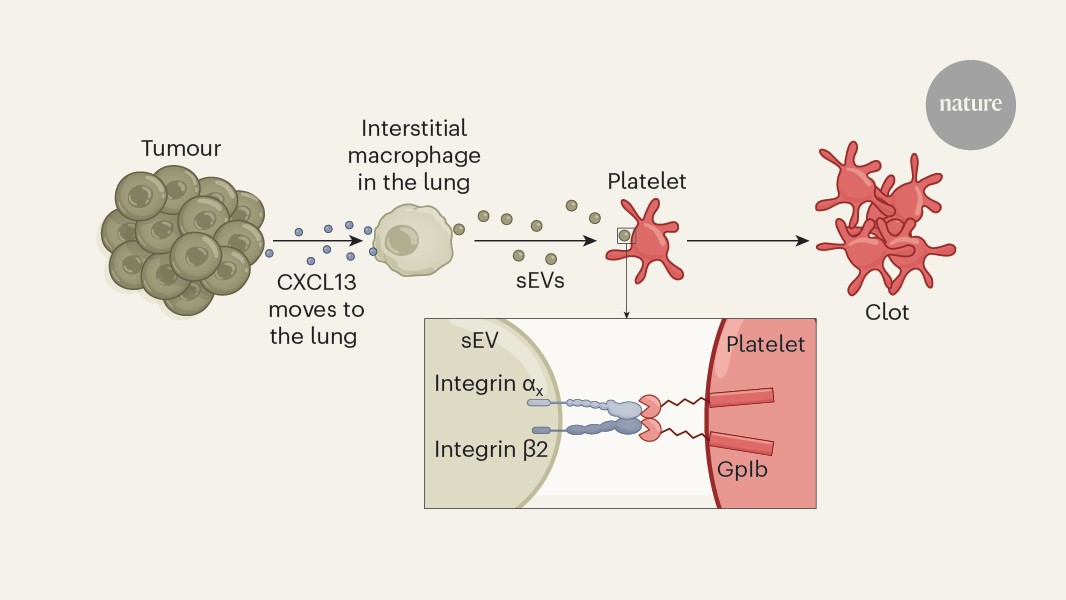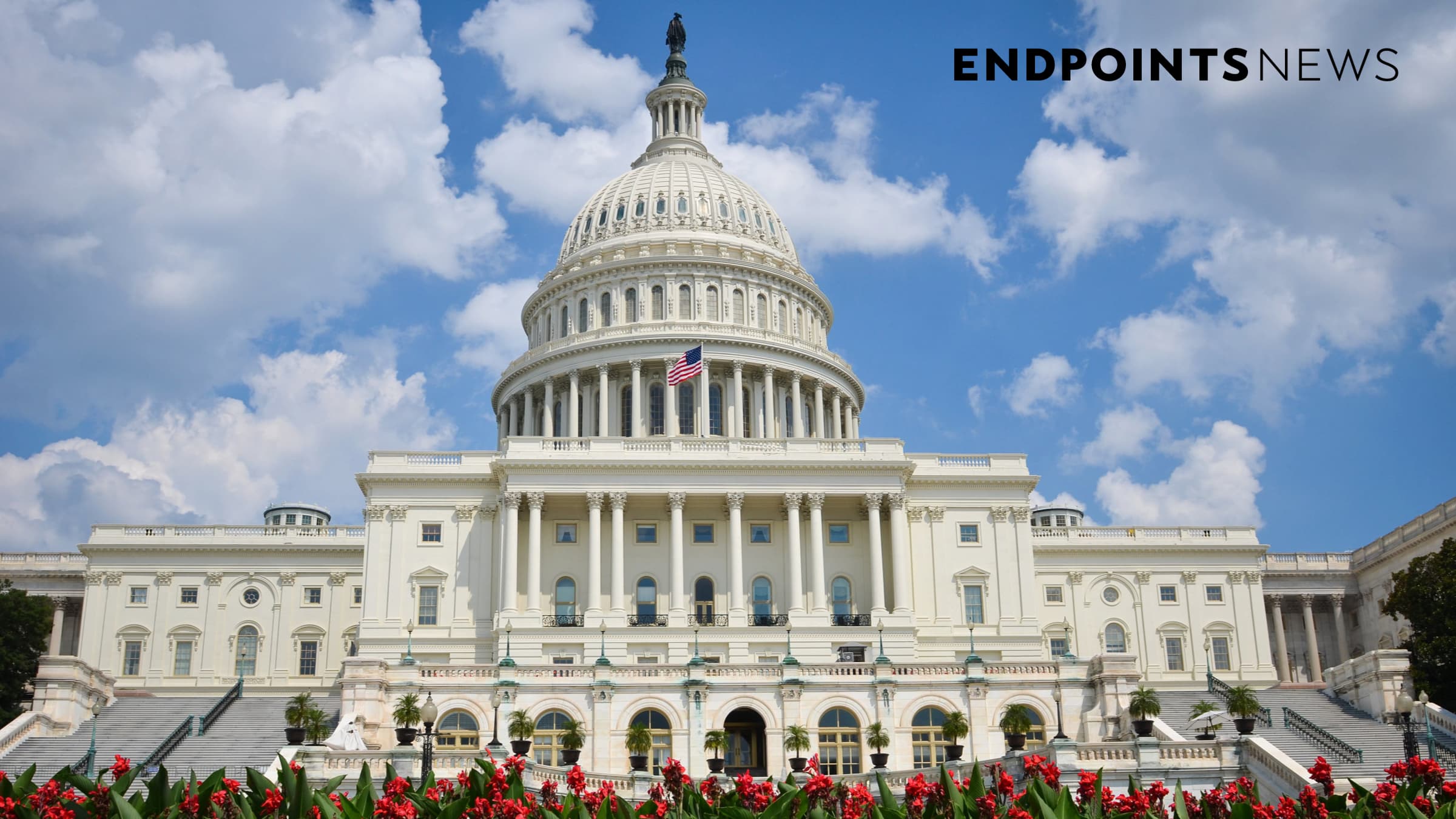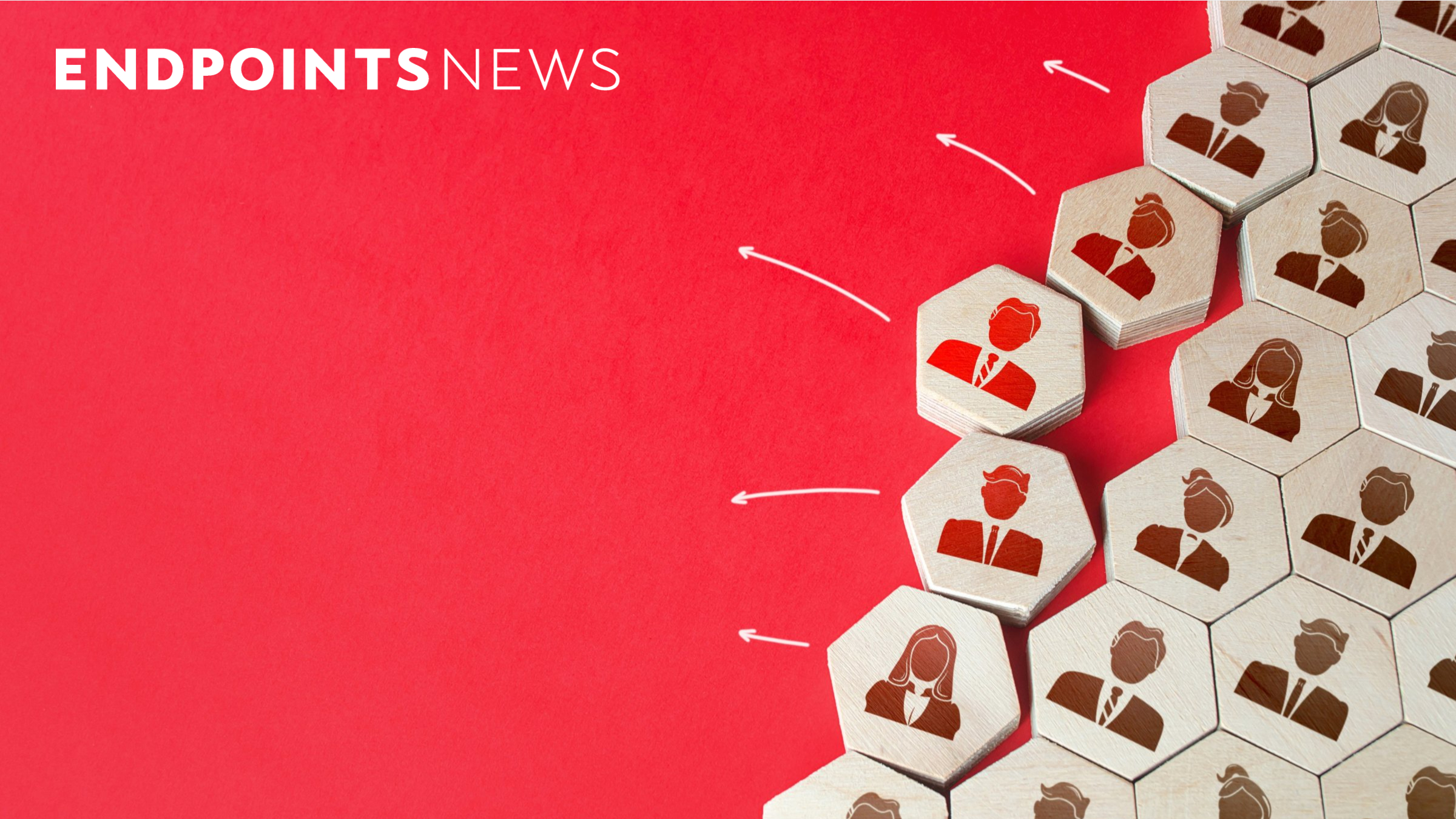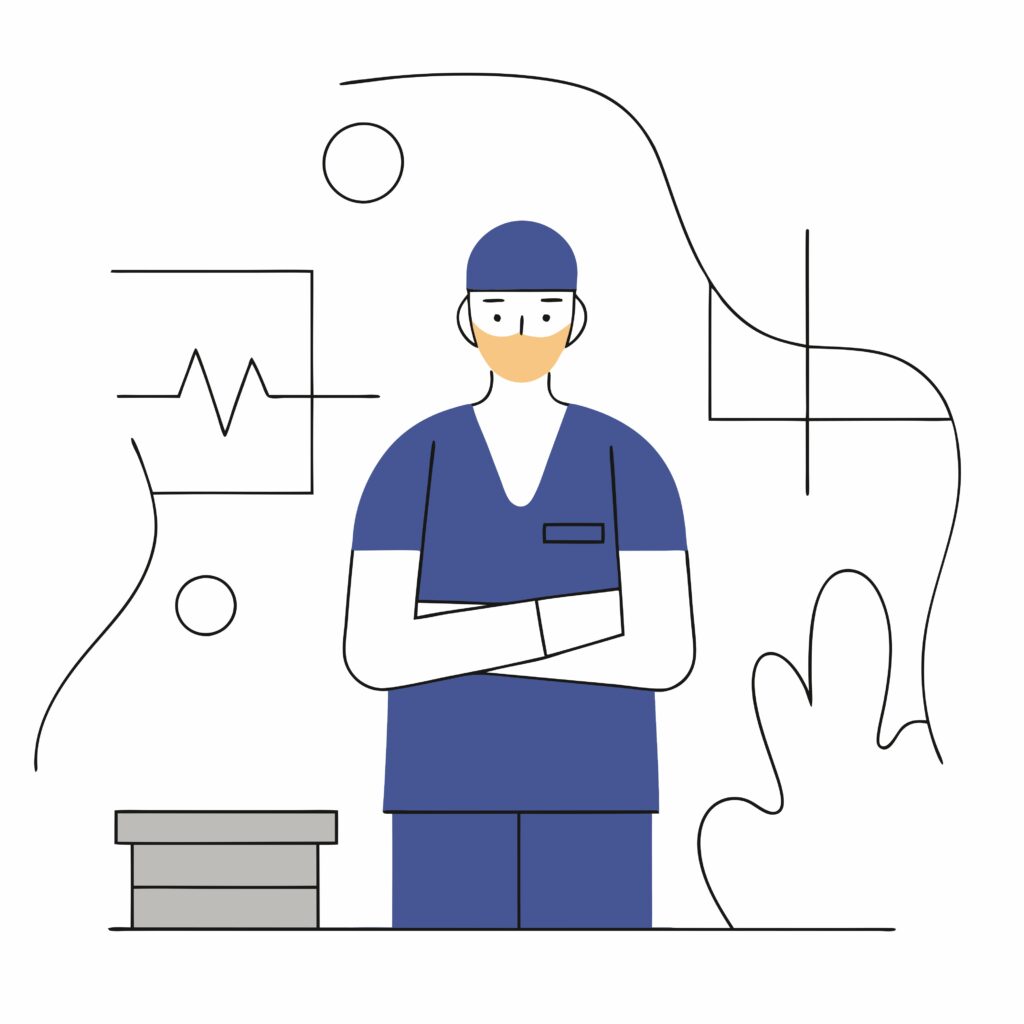P2PE vs. E2EE in Healthcare Data Security: Is the Juice Worth the Squeeze?
The following is a guest article by Ruston Miles, Founder of Bluefin In today’s healthcare landscape, data security is a critical priority. With cyberattacks on the rise and patient data becoming increasingly valuable, healthcare providers face a pressing decision: should they adopt traditional end-to-end encryption (E2EE) or invest in “next level” point-to-point encryption (P2PE)? Both […]

The following is a guest article by Ruston Miles, Founder of Bluefin
In today’s healthcare landscape, data security is a critical priority. With cyberattacks on the rise and patient data becoming increasingly valuable, healthcare providers face a pressing decision: should they adopt traditional end-to-end encryption (E2EE) or invest in “next level” point-to-point encryption (P2PE)? Both approaches have their merits, but P2PE’s advantages may make it the better choice for healthcare organizations aiming to enhance security and compliance.
What is E2EE?
E2EE functions as a robust security measure that encrypts data from its creation to its destination. This ensures that no intermediaries can access or tamper with the information during transit. It’s often described as the “set it and forget it” solution—simple to implement and requiring minimal maintenance.
What is P2PE?
P2PE, on the other hand, takes encryption to another level. By encrypting payment or sensitive data at each point of its journey and ensuring strict compliance with Payment Card Industry Data Security Standards (PCI DSS), P2PE offers a higher level of protection. It’s akin to building a series of secure underground tunnels for your data, each monitored by stringent controls. While necessitating a more comprehensive approach, P2PE provides benefits that can outweigh these challenges.
Why Is There an Urgent Need for Healthcare Data Security?
Healthcare providers increasingly find themselves in the crosshairs of cyber criminals. In 2024 according to the Identity Theft Resource Center’s 2024 Data Breach Report a whopping 237 million victim notices were sent out to Americans notifying them that had their health data exposed in a breach (190 million in the Change Healthcare Breach alone). Patient health information remains highly valuable on the black market.
Advantages of P2PE for Healthcare Data Security
By encrypting sensitive payment and patient data at every touchpoint, P2PE not only protects against breaches but also devalues stolen data, rendering it useless even if intercepted. For healthcare organizations navigating this high-stakes environment, P2PE acts as a digital “Fort Knox.” P2PE offers numerous benefits that extend beyond enhanced security:
- Simplified PCI Compliance: Implementing P2PE significantly reduces the scope of PCI compliance requirements. For example, the PCI Self-Assessment Questionnaire shrinks from 329 questions to just 35 when using a validated P2PE solution.
- Liability Mitigation: With P2PE, much of the responsibility for securing sensitive data shifts to third-party processors who manage encryption keys and ensure compliance with PCI standards.
- Cost Savings: By narrowing the scope of compliance audits and reducing infrastructure requirements, P2PE helps organizations save on operational
- Improved Patient Experience: Secure payment systems enabled by P2PE streamline transactions and foster trust among patients who are increasingly concerned about data privacy.
Data Encryption in Healthcare: Comparing E2EE and P2PE
While E2EE is easier to implement and provides strong encryption from sender to receiver, it places greater liability on healthcare providers. Organizations using E2EE must manage encryption keys themselves and ensure all systems comply with regulatory standards like HIPAA or GDPR. Any failure in this process could result in severe penalties.
In contrast, P2PE shifts much of this burden to third-party vendors who are certified by PCI DSS. This makes P2PE particularly attractive for healthcare providers seeking not only security but also operational simplicity.
 Is P2PE Worth It for Modern Healthcare Encryption Needs?
Is P2PE Worth It for Modern Healthcare Encryption Needs?
For many healthcare providers, the answer is a resounding “yes.” While E2EE offers simplicity and robust security for general use cases, it falls short in the context of healthcare data security, when it comes to meeting stringent regulatory requirements or managing liability in high-risk environments.
P2PE’s initial complexity is offset by its long-term benefits: enhanced security, reduced compliance burdens, lower liability risks, and cost savings. As cyber threats grow more sophisticated, investing in P2PE can provide peace of mind for both providers and patients.
 About Ruston Miles
About Ruston Miles
Ruston Miles is the Founder of Bluefin and also serves as the company’s chief cybersecurity advisor. Ruston brings over 25 years of payment and security experience, having architected Bluefin’s payment gateway and PCI-validated point-to-point encryption (P2PE) solutions, as well as contributing to the innovation of the company’s tokenization solutions. Ruston is also a national speaker on cyber and payment security topics. Ruston is a PCI Professional (PCIP), Certified Payment Professional (CPP), Certified Internet Business Strategist (CIBS), and an active participant with the PCI Security Standards Council (SSC).































































































































![The breaking news round-up: Decagear launches today, Pimax announces new headsets, and more! [APRIL FOOL’S]](https://i0.wp.com/skarredghost.com/wp-content/uploads/2025/03/lawk_glasses_handson.jpg?fit=1366%2C1025&ssl=1)

















